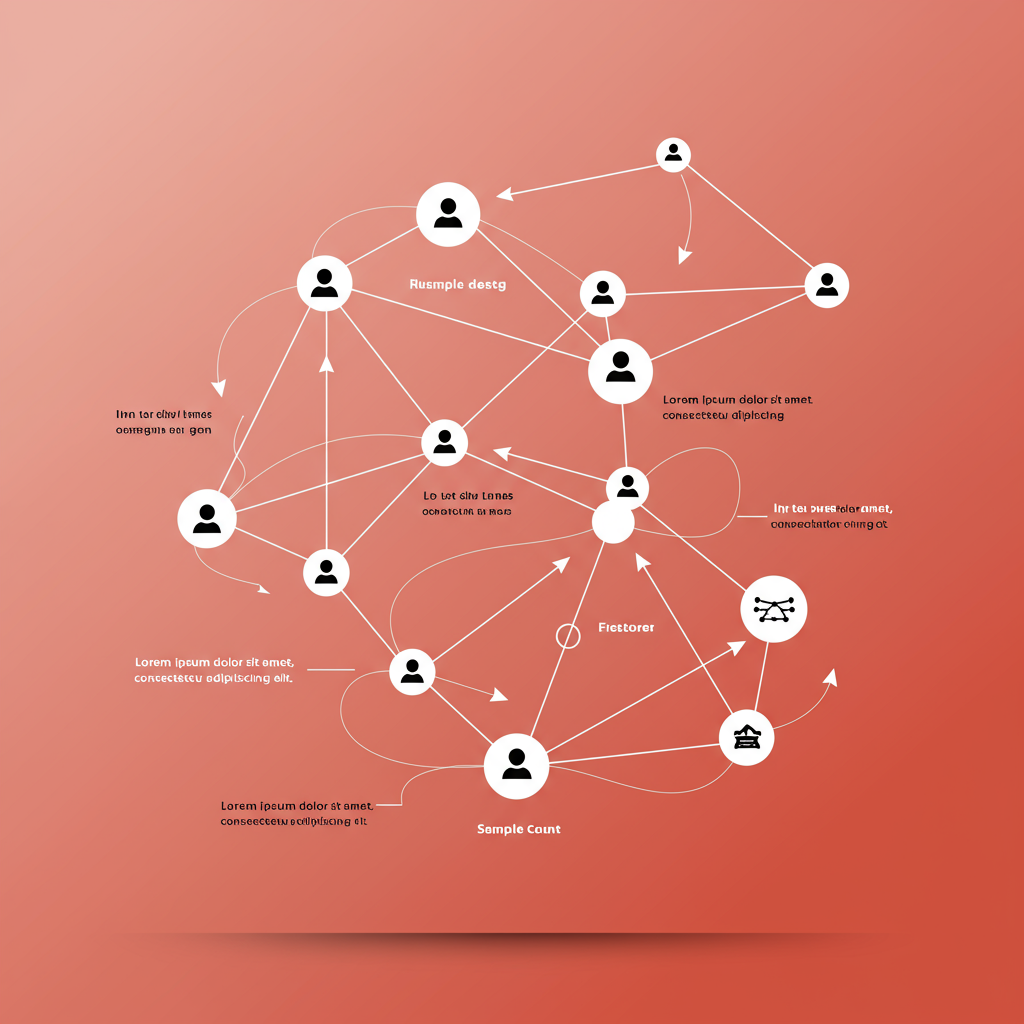The Powerful 2025 Guide to Structural Equation Modeling Econometrics for Researchers
Understand how to apply structural equation modeling econometrics to solve real-world economic problems and improve research outcomes.

Structural equation modeling econometrics is an advanced method used by economists to understand complex relationships among observed and latent variables. It allows for simultaneous modeling of multiple equations, making it a preferred technique in empirical economic research.
What is Structural Equation Modeling (SEM)?
Structural equation modeling (SEM) combines techniques from factor analysis and path analysis to model intricate, interdependent relationships. It is particularly useful in studies involving abstract, unobservable concepts such as “economic perception,” “risk tolerance,” or “consumer trust.” These latent variables are inferred through multiple observed indicators, forming a comprehensive analytical model.
Components of SEM
- Measurement model: Links latent variables to observed indicators through confirmatory factor analysis (CFA).
- Structural model: Specifies the causal relationships among latent constructs, typically based on theory or prior empirical evidence.
Why Econometricians Use SEM
Structural equation modeling econometrics offers several methodological and practical advantages:
- Simultaneous estimation of multiple equations within a single system
- Ability to test theoretical models involving mediating and moderating effects
- Incorporation of measurement error directly into the model
- Enhanced flexibility to evaluate complex hypotheses
- Robust testing of model fit and specification through multiple indices
Unlike traditional regression analysis, which assumes measurement without error and focuses on observable variables only, SEM enables researchers to build sophisticated models that capture both direct and indirect relationships among latent constructs.
Software for SEM Analysis
Several software platforms support structural equation modeling econometrics. Among the most popular are:
- Stata SEM: Widely used in econometrics for its panel data support and user-friendly syntax.
- lavaan in R: Open-source and highly flexible, ideal for researchers comfortable with scripting.
- AMOS: Offers a graphical user interface, particularly popular in psychology and marketing research.
- Mplus: A commercial tool suitable for large-scale SEM, multilevel models, and longitudinal studies.
Real-World Application Example
Imagine a government agency studying how education level impacts household income, mediated by skill acquisition and employment opportunities. SEM enables researchers to test a model in which education affects skills, which in turn influence job placement, eventually affecting income. This approach not only quantifies direct effects but also indirect influences, offering nuanced insights for policy formulation.
Such modeling is crucial in areas like labor economics, behavioral finance, public health, and marketing. For example, SEM can model the psychological effects of economic downturns or assess the impact of policy interventions on social behaviors.
Challenges in SEM Implementation
Despite its utility, implementing structural equation modeling econometrics comes with challenges:
- Requires relatively large sample sizes (often 200+ observations) to ensure model stability and reliable estimates
- Model specification errors may lead to invalid results or convergence issues
- Interpreting latent constructs often requires strong theoretical justification
- Misspecified models may exhibit good fit indices but still be theoretically flawed
It is essential to conduct rigorous model diagnostics and robustness checks, including residual analysis, modification indices, and cross-validation where possible.
Model Evaluation in SEM
SEM provides multiple fit indices to assess how well the model fits the observed data:
- RMSEA (Root Mean Square Error of Approximation): < 0.06 suggests good fit
- CFI (Comparative Fit Index) and TLI (Tucker-Lewis Index): > 0.95 are typically acceptable
- SRMR (Standardized Root Mean Square Residual): < 0.08 is often cited as a threshold
Good model fit indicates that the theoretical model aligns well with the observed data structure. However, high fit does not necessarily imply causal validity, highlighting the importance of sound theoretical foundations.
Recent Innovations
Recent advances in structural equation modeling econometrics have expanded its capabilities:
- Machine Learning Integration: SEM combined with Random Forests or neural networks enhances predictive accuracy
- Bayesian SEM: Uses Markov Chain Monte Carlo (MCMC) methods to incorporate prior knowledge and manage small sample sizes
- Longitudinal SEM: Analyzes dynamic changes over time using panel or cohort data
- Multilevel SEM: Accounts for hierarchical data structures (e.g., individuals nested within regions)
These innovations make SEM a versatile tool for modern econometric analysis in high-dimensional and complex data environments.
Conclusion
Structural equation modeling econometrics offers a comprehensive framework for testing economic theories, evaluating policies, and exploring latent constructs. Its ability to model complex, multi-layered relationships makes it invaluable for contemporary economic research. As computational capabilities and methodological innovations continue to evolve, SEM will remain central to empirical econometrics and policy analysis.
